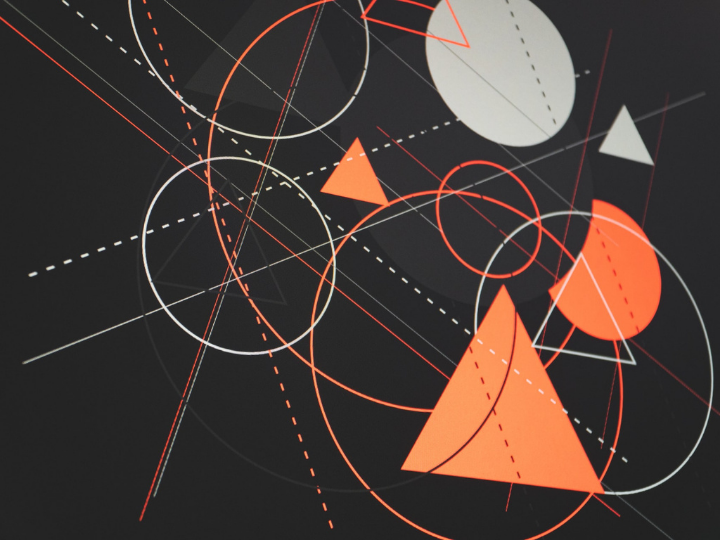by Phanish Puranam*
So you’re a start-up founder with what you think will be a hit product. You have a solid business plan laid out on the business model canvas. All the key elements are there: value proposition, customer relationships, cost structure, key partners and activities, revenue streams. You and your team go forth into the world, flushed with cash from investors. It doesn’t take long for it all to fall apart. What went wrong?
In your enthusiasm and haste to get going, you didn’t plan for who would do the work, how the work would be divided, how it would be integrated and how to reward and motivate the workers. You assumed that it would all somehow click into place “naturally”. Perhaps you just wanted to have fun. In short, you did not have an organisation design.
You are not alone. Many new ventures, as my colleagues* and I found in our study, don’t give as much thought to organisation design (OD) as they do the business model. While they may subscribe to broad logics of organising such as “agile” or “non-hierarchical” organising, this seldom translates explicitly into thought-through designs. Worse, there is strong inertia among founders – until their hand is forced, by an investor’s ultimatum for example. Even then only the details are tweaked; the logics of organising tend to remain the same, and typically are rather broad and generic. An ideology about how to organise is not an organisation design.
But here’s the thing: Just as a fancy car needs a well-oiled engine to go the distance, a start-up will not last without sound organisation design, no matter how fantastic its business model is. It’s a myth that only large organisations need one.
Organising by intuition
Our findings were derived from an in-depth, 18-month study of eight early-stage start-ups. We collated detailed information about the ventures from the founding team as well as from our own research. We visited the start-ups at their premises, during which we noted office layout, task boards, company language and other aspects of organisation design, and paid attention to any changes. For each venture, we interviewed in detail the founding team at least twice, including once at the beginning of the study.
We found that all eight start-ups had implemented basic organisation design encompassing five main dimensions: what tasks the organisation must conduct (task division); who did what (task allocation); how members were motivated (reward provision); how members coordinated (information exchange); and how problems and disagreements arising from imperfect solutions to the problems above were resolved (exception management).
However, few of the designs had been carefully or consciously planned. Some founders simply described the solutions as the “natural” way of organising their venture. Several teams subscribed to the ideas depicted in the business model canvas and the Lean Start-Up. They built their initial tasks around “getting feedback” and “testing”, refrained from any structure they did not consider to be “lean and agile”, and strongly preferred not having clear job specifications.
Only two of the founders developed full-fledged articulations of their logics of organising. One of them likened it to a group of people pulling a rock through a landscape with a rope. Another used the analogy of a “gang of cowboys in the Wild West” transitioning to a more civilised little town to explain the introduction of structures in the emerging organisation.
During the 18-month study, we identified 121 unique incidents related to the viability of the business model or the organisation design that led to the ventures changing one or more of the five OD dimensions. Examples of the incidents were feedback from mentors or investors, and coordination problems that led to work falling behind schedule.
However, most of the tweaks we observed were incremental and myopic. In 81 percent of the cases, three dimensions or fewer were changed, defying the logic that all elements of organisation design are complementary and interlinked.
The tendency was to go for cheap and quick fixes. As one founder said: “I’d say [information exchange] is easiest to change – because you gather three people around you and say, ‘Listen up guys, we will do it differently’. When changing [reward distribution] . . . that means you have to put more skin into the game – no matter if you give them more benefits, more money, other goals, a motivation weekend, or whatever; that’s more complicated than gathering people for a meeting and changing communication . . . you always try to solve problems with as little effort as possible.”
An organisation design blueprint?
The main thing that stood out in our study was the lack of attention to organisation design. The founders, for the most part, relied on instinct and preconceived notions. Here’s what we think could help: something like an organisation design canvas.
Much like how the business model canvas helps start-ups describe, visualise and assess their business plan, an OD canvas would enable entrepreneurs to think systematically and critically about core issues including division of labour, integration of effort, rewards and motivation and so on in the small organisations they are building. Here is a beta version of what we call an organisational blueprint (see video above) that might do the job. It is part of a suite of under-development content called the Org Design Studio.
Without a good business model, a well-organised firm is like a house of cards; without effective organisation design, a firm with a solid business model is like a house built on sand. It is time new ventures pay attention to both the product and the process of making it.
*Roland Berger Chaired Professor of Strategy and Organisation Design at INSEAD
**first pusblished in: knowledge.insead.edu




 By: N. Peter Kramer
By: N. Peter Kramer
